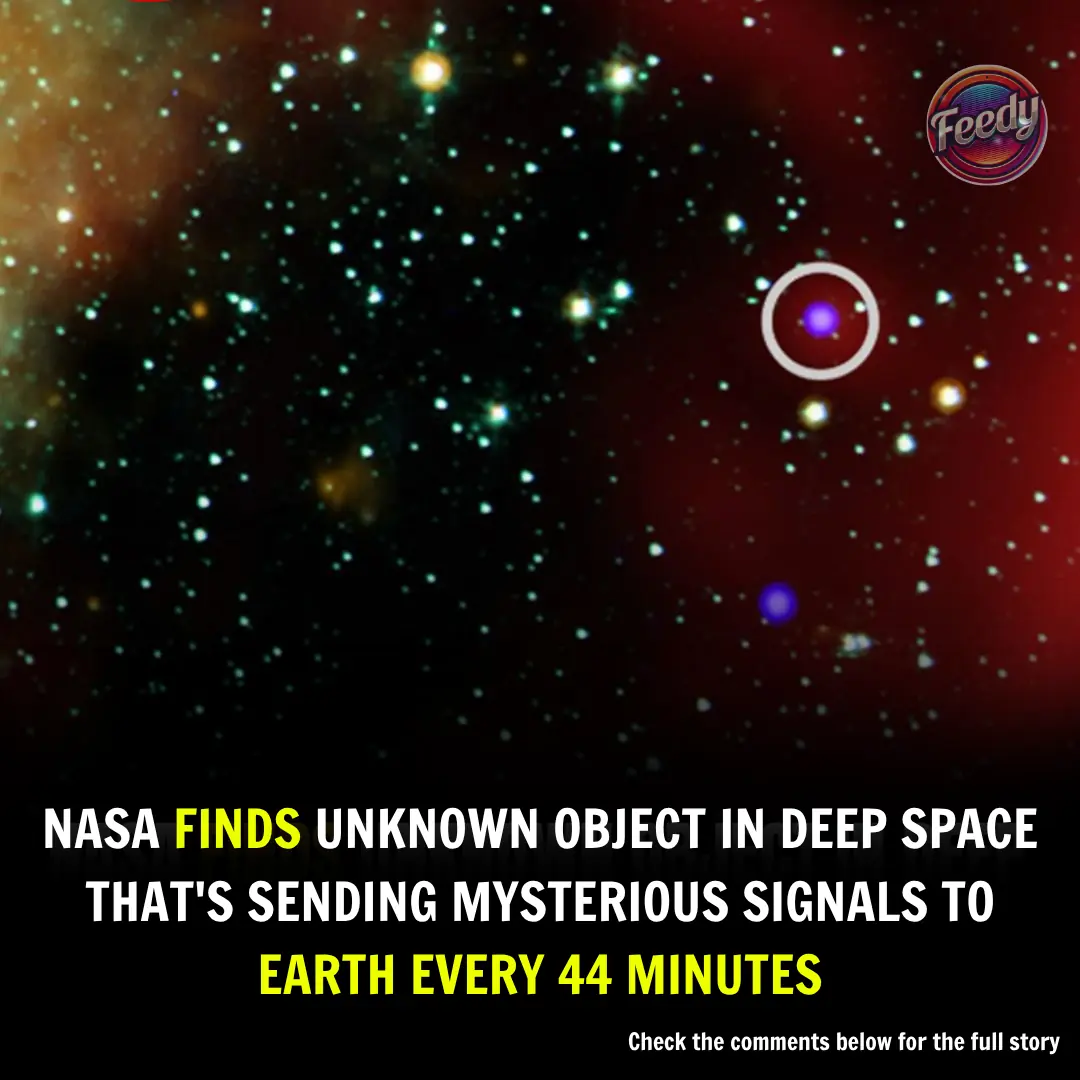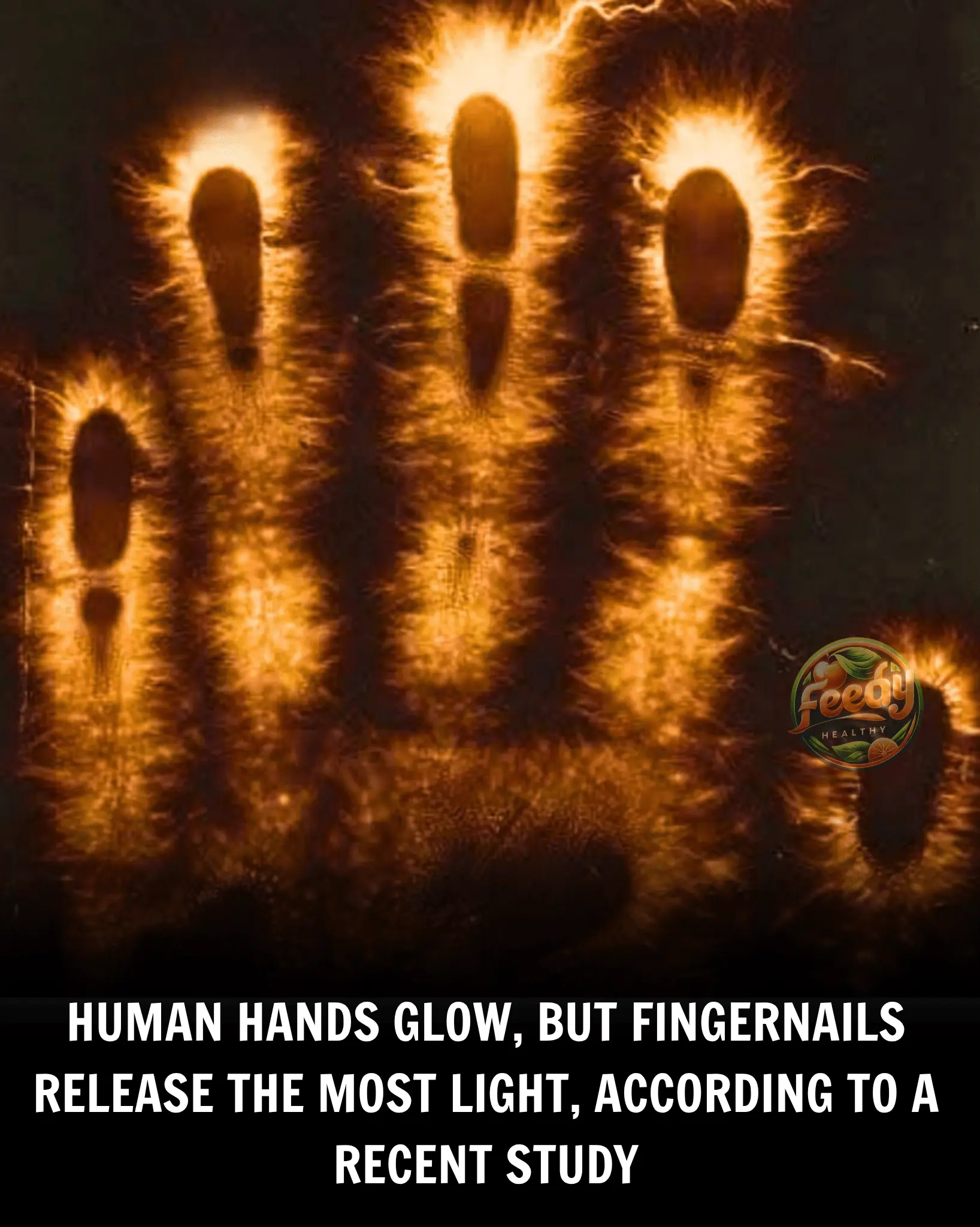
Astronomers Discover Mysterious Space Beacon Sending Pulses Every 44 Minutes

NASA Detects Mysterious Object Sending Signals to Earth Every 44 Minutes
If the vast unknowns of outer space already give you chills, this latest discovery from NASA might just send your imagination into overdrive.
Astronomers have detected a bizarre celestial object that emits powerful bursts of energy every 44 minutes—a pattern never before observed. Known as ASKAP J1832–0911, the object lies about 16,000 light-years from Earth and was found entirely by accident.
A Cosmic Mystery Unlike Any Other
The object was discovered using Australia’s ASKAP (Australian Square Kilometre Array Pathfinder) radio telescope. Unlike typical pulsars, which are rotating neutron stars that pulse radiation with precise regularity—often milliseconds or seconds apart—ASKAP J1832 pulses at a much slower rate, making it part of a rare class known as long-period radio transients.
Each signal it sends lasts about two minutes, followed by a 44-minute pause before it lights up again.
But radio waves aren't the only emissions this object releases. Using NASA’s Chandra X-ray Observatory, scientists confirmed that it also pulses in X-rays on the exact same cycle—making this the first-ever object known to behave this way.
“This object is unlike anything we have seen before,” said Andy Wang, lead author and astronomer at Curtin University in Perth, Australia.
What Could It Be?
Theories abound, but none fully explain the strange behavior of ASKAP J1832–0911.
It could be:
-
A magnetar – a type of neutron star with an extremely powerful magnetic field.
-
A binary star system – possibly involving a highly magnetized white dwarf, a low-mass star at the final stage of its life.
Yet, as Wang pointed out, “Even those theories don’t fully explain what we are observing.”
A Sudden Change Deepens the Mystery
Perhaps the most baffling twist came six months after the initial discovery.
When astronomers returned to observe ASKAP in August, they found its radio signal had dimmed by a factor of 1,000—and no X-rays were detected at all.
“We looked at several different possibilities involving neutron stars and white dwarfs, either in isolation or with companion stars,” said co-author Nanda Rea of the Institute of Space Sciences in Barcelona. “So far, nothing exactly matches up, but some ideas work better than others.”
Adding to the intrigue, the object appears aligned in the sky with a supernova remnant—the remains of an exploded star. However, researchers believe this is likely just a cosmic coincidence, with ASKAP situated in the background and the supernova debris floating in the foreground like a passing cloud.
An Unsolved Puzzle Among the Stars
For now, ASKAP J1832–0911 remains a cosmic enigma, defying current models of how stars behave and evolve.
“Finding a mystery like this isn’t frustrating,” said co-author Tong Bao of the Italian National Institute for Astrophysics. “It’s what makes science exciting.”
With each unanswered question, ASKAP reminds us of how little we truly know about the universe—and how much more there is still to discover.
News in the same category


The terrifying reason cruise ship passengers are asked to turn off lights and close curtains when traversing specific waters

This ex-child star left Hollywood for motherhood and is now a 60-year-old mom of six and proud grandmother

Parents plan funeral for 10-yr-old with cancer – She then opens her eyes and says something that leaves them stunned

Australia Trials Glow-in-the-Dark Roads to Boost Nighttime Driving Safety

Ex-model on addiction and homeless life: ‘I’m in a lot of pain’

Twin toddlers drown after grandmother with Alzheimer’s leaves door open

Little boy hugs pizza delivery man goodbye: Shortly after, the boy’s mother makes a tragic discovery

Mom shocked by her baby after birth, her words now spread like forest fire!

Man Mocked For Being With 252 LB Woman

Jelly Roll Stuns Fans with 100-Pound Weight Loss Transformation

Doctors couldn’t believe what they saw during the ultrasound

Experts Are Shedding Light on the ‘Death Rattle’ Phenomenon Before Passing

Junk Cars, Green Future: How Automobiles Became the World’s Most Recycled Consumer Product

France’s Living Streetlights: A Glowing Experiment in Sustainable Urban Lighting

Italy’s Quiet Rubber Roads: A Sustainable Shift Toward Noise-Free, Eco-Friendly Infrastructure

Japan’s Harmony Trains: Blending Innovation and Compassion to Protect Wildlife

Earth Plunged Into Darkness For Six Minutes In Rare Event Not Seen In A Century

NASA Monitors Plane-Sized Asteroid Speeding Toward Earth at 47,000 MPH
News Post

OUR DAUGHTER WAITS BY THE DOOR FOR HER DAD EVERY DAY—AND TODAY SHE NEARLY BROKE ME

Why Dogs Sneeze During Play: The Secret Language of Canine Communication

The Surprising Power of Scent: How Male Underarm Sweat May Affect Women's Hormones and Mood

What to Do When Your Refrigerator Has Condensation and Frost in the Freezer

13 Reasons Why You Should Eat Boiled Eggs in the Morning

Clove: A Powerful Spice and Natural Pain Reliever

Morning Carrot and Orange Smoothie: Energy and Health in a Glass

5 Natural Drinks That Benefit Your Kidneys

The Incredible Benefits of Celery: Why Is It So Popular?

Why Do Couples Sleep Separately After 50? The Real Reason Might Surprise You

How to Make Soursop Bloom at Home: Benefits and Care Tips

The Surprising Health Benefits of Avocado

Feel Like a Teen Again: The Ginger, Lemon, and Carrot Cleanse for a Vibrant Body

🍫🍯🥜 CHOCOLATE TURTLE CAKE SLICE

🍯🍨🍪 SUMMER CARAMEL CRUNCH SHAKE

Be a Beast in Bed, Even at 75! | The Power of Coffee and Garlic

🍓🍌 SUMMER STRAWBERRY BANANA SHAKE 🍦

Why Do Men Kneel on One Knee When Proposing?

The Hidden Light In Your Hands That Shouldn’t Be Dimmed
